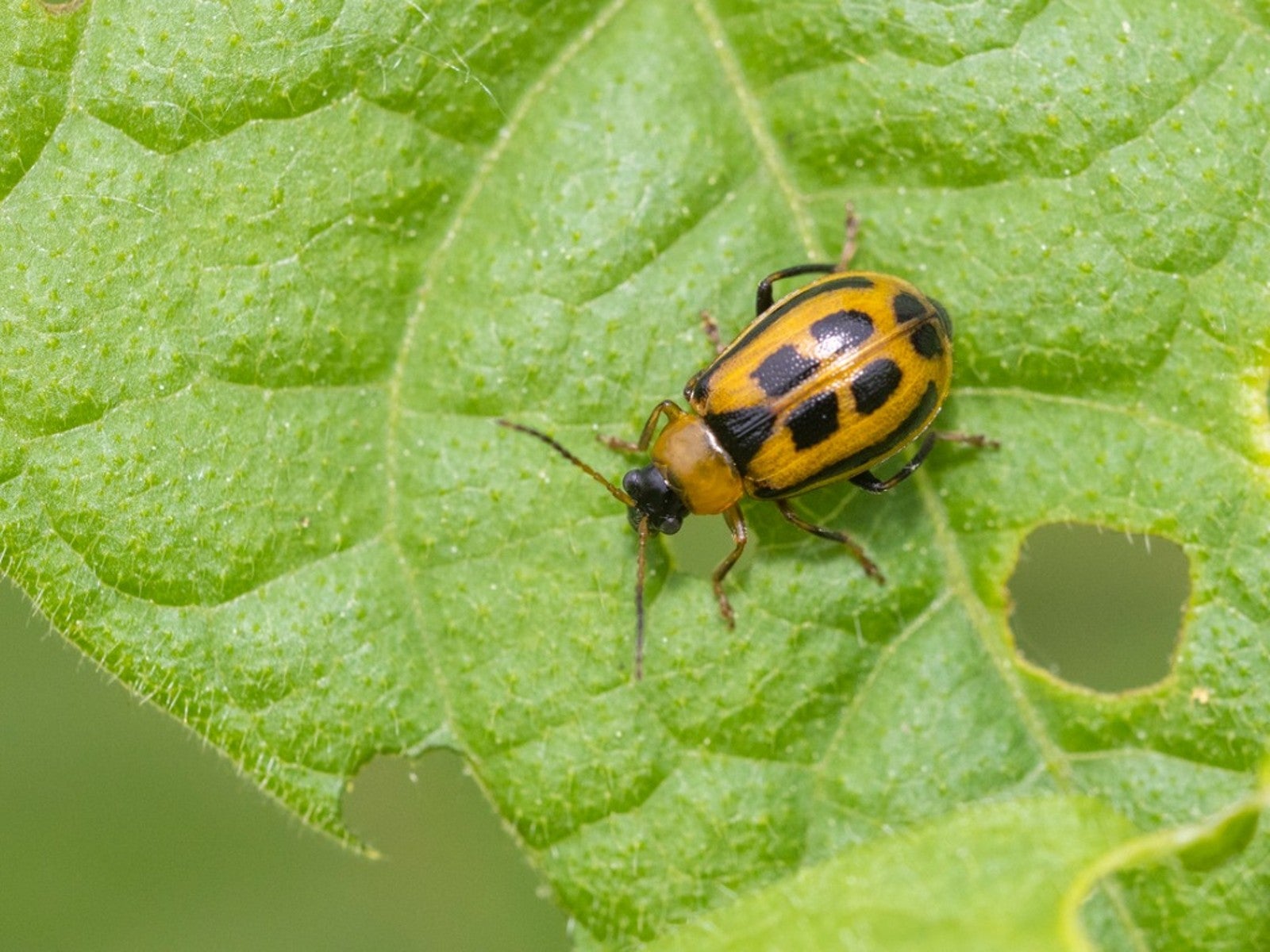Upper Midwest Insects And Pests In The Home Garden


Gardening anywhere means dealing with the inevitable pests. In the upper Midwest, this means everything from invasive beetles to ordinary aphids to lawn churning moles. Learn some Midwest insect identification and how to recognize invasive pests and larger animals to protect your garden. Knowing what’s in your garden is the first step.
Common and Persistent Pests
When it comes to the most familiar bugs in Wisconsin, Minnesota, Michigan, and Iowa, there are plenty of common species that most gardeners see:
- Aphids -- Aphids are tiny insects that suck out sap and leave behind honeydew that attracts ants and fungus, creating a multi-pronged problem. Different types attack different plant species, including many veggies.
- Squash Bugs -- These half-inch, flat insects attack and damage all vining vegetable plants, including squashes, cucumbers, and melons. Nymphs feed on leaves, while adults feed on the fruits.
- Flea Beetles -- Look for these small beetles early in the growing season. You’ll find them on potatoes, eggplant, beets, spinach, and other veggies. They feed on and create multiple holes in leaves.
- Colorado Potato Beetle -- If you grow potatoes, you might find these little striped beetles in your garden. It might also feed on your peppers and eggplants. Take this pest seriously, as it creates a lot of damage quickly and tends to persist year after year.
- Hornworms -- Look for these caterpillars on your tomato, eggplant, potato, and pepper plants. They are easy to identify and are large, green, and have a prominent horn on the rear end.
Invasive Pests in the Midwest
Among the many Minnesota bugs and insects of Iowa that could harm your plants are invasive species:
- Japanese Beetle -- One of the most common and damaging of invasive pests in the Midwest is this iridescent beetle. It’s small and kind of pretty but also a real problem. They target all kinds of plants and can be found in large numbers. They can leave your pretty plant foliage looking like a piece of lace after feeding.
- Brown Marmorated Stink Bug -- This particular stink bug is a growing threat in the Midwest. You’ll find them both in the garden and inside the home. Outside, it will pierce and suck the juice out of many of your fruits and veggies.
- Asian Longhorned Beetle -- Another growing problem is this insect, which is easy to identify. They cause significant damage to and kill trees, particularly maples.
- Spotted Wing Drosophila -- These little fruit flies can cause a lot of damage to fruits. They lay eggs on soft-skinned fruit that their larvae feed on. Look for them on berries, grapes, cherries, and plums.
Midwest Mammal Pests
Whether or not you consider these native mammals to be pests depends on how much you love your turf lawn. Some would argue they were here first, but they can certainly do some damage to your hard-earned lawn:
- Groundhogs -- These large rodents are very common in Midwest lawns. They dig large holes to create burrows. If you have holes larger than a softball, you have groundhogs, also known as woodchucks.
- Pocket Gophers -- This smaller rodent can also cause a lot of lawn damage with their burrowing. Look for mounds of dirt in the grass with small holes.
- Moles -- Another burrowing mammal, moles create tunnels throughout the lawn. You’ll see these raised tunnels in the grass but rarely a visible hole. Ultimately the grass over the tunnels turns brown and dies.
- Chipmunks -- These cute little critters can be pests by destroying plants with their digging and even in some cases by getting into and damaging building foundations. They tend to create multiple small hills near buildings.
- Skunks -- Skunks do more damage than spray your curious dog. They also feed in lawns. If you see grass or sod rolled up from the ground, you have a feeding skunk looking for insects.
- Raccoons -- Raccoons will also feed in lawns, but they don’t roll up the grass like skunks. They simply leave patches of bare dirt.
Iowa, Wisconsin, Michigan, and Minnesota insects and mammals that damage your garden plants can be frustrating. Learn to identify the most common species and contact your local extension office for solutions.
Sign up for the Gardening Know How newsletter today and receive a free copy of our e-book "How to Grow Delicious Tomatoes".

Mary Ellen Ellis has been gardening for over 20 years. With degrees in Chemistry and Biology, Mary Ellen's specialties are flowers, native plants, and herbs.